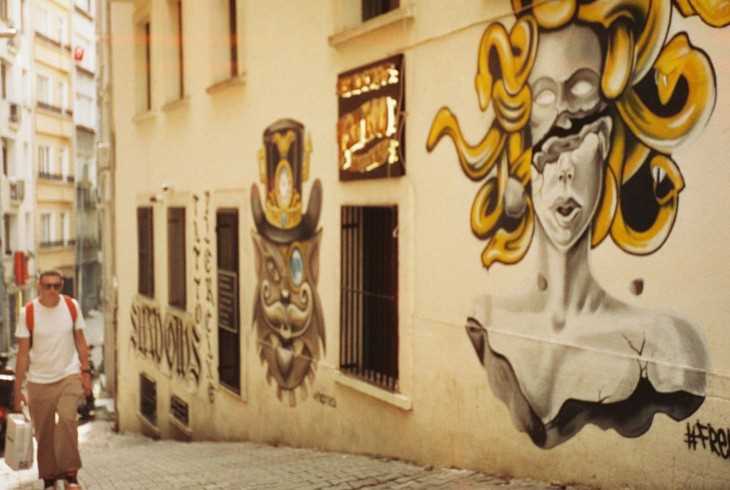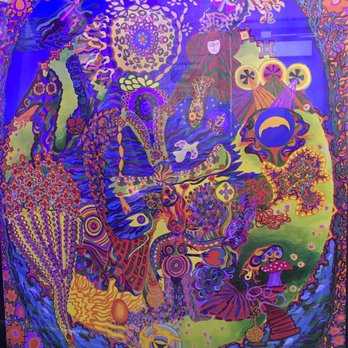In the bustling streets of cities around the world, a hidden form of art bursts with vibrant colors and bold statements, captivating the attention of passersby. Graffiti, once considered a sign of vandalism, has now emerged as a fascinating world of art and expression. Street artists use this medium to convey their messages, showcase their creativity, and challenge societal norms. Born out of a desire to reclaim public spaces and make art accessible to all, graffiti has become an integral part of urban culture.
Unlike conventional artworks, graffiti is not confined to museums or galleries. It spans the walls of buildings, tunnels, bridges, and other public structures, making it accessible to people from all walks of life. Artists utilize various techniques and styles, including stencil art, murals, and tagging, to create stunning visual narratives. In this ever-evolving form of street art, every stroke of a spray can or brush speaks volumes, telling stories of personal struggles, political statements, cultural representations, and social commentary.
Graffiti provides an outlet for artists to express their feelings, thoughts, and beliefs, often addressing issues that are overlooked or silenced. The vibrant colors and intricate designs breathe life into the urban landscape, sparking dialogue and forcing viewers to question the status quo. As the world changes and cultural shifts occur, graffiti adapts, constantly reflecting the zeitgeist and capturing the pulse of society.
However, the perception of graffiti remains divided. While some view it as an eyesore or an act of defacement, others recognize its artistic value and consider it an essential element of urban aesthetics. Whether it is illegal or sanctioned, graffiti has the power to challenge norms, provoke discussions, and transform spaces. It serves as a reminder that art knows no boundaries, and creativity can thrive even in the most unexpected places.
So, next time you walk through the city streets, take a moment to appreciate the colorful murals painted on the walls, the intricate stencils adorning alleyways, and the thought-provoking tags challenging your perspectives. Graffiti is not just about rebellion or destruction; it is a testament to the power of imagination, the resilience of artists, and the beauty that lies in the unexpected corners of our urban landscapes.

Graffiti is not a new form of expression. In fact, it has a long history that dates back thousands of years. The ancient Romans and Greeks were known to leave their marks on public walls, often in the form of political statements or personal messages.
However, modern graffiti as we know it today can be traced back to the 1960s and 1970s in the United States, specifically in New York City. It was during this time that graffiti began to evolve into an art form and a means of communication for marginalized communities, particularly the African-American and Latino youth.
These marginalized groups used graffiti as a way to reclaim public spaces and express their identities and frustrations. The graffiti of this era was characterized by bold lettering and vibrant colors, often created using spray paint. Subway trains became the canvases for these artists, as they sought to make their work visible to a wider audience.
The Rise of Street Art
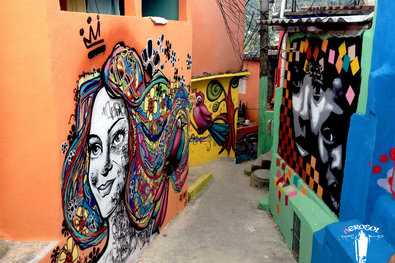
The rise of street art as a recognized and respected art form can be attributed to several factors. The increasing globalization and interconnectedness of the world allowed for the spread of ideas and artistic styles across different cities and countries. Artists began to collaborate and share their work, contributing to the development and evolution of street art as a worldwide movement.
Legitimacy and Controversy
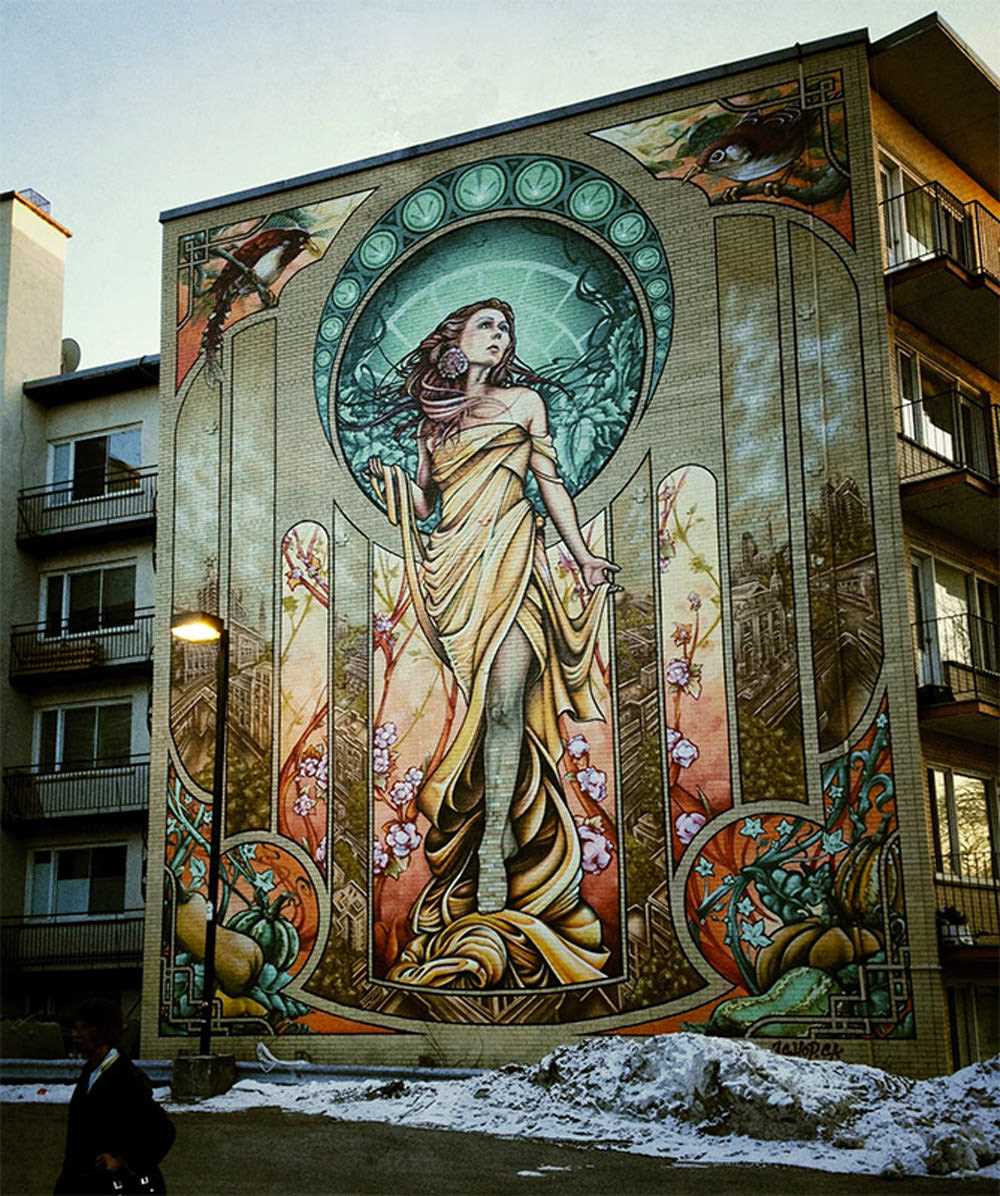
Despite its growing recognition, street art is not without controversy. Many cities and property owners still view it as vandalism and illegal activity. Street artists must often navigate a fine line between creating art and facing potential legal consequences for their work.
However, there is a growing movement to legitimize street art and recognize its cultural and artistic value. Street art festivals and exhibitions are now held in cities around the world, providing platforms for artists to showcase their work and engage with a wider audience.
Evolution of Styles
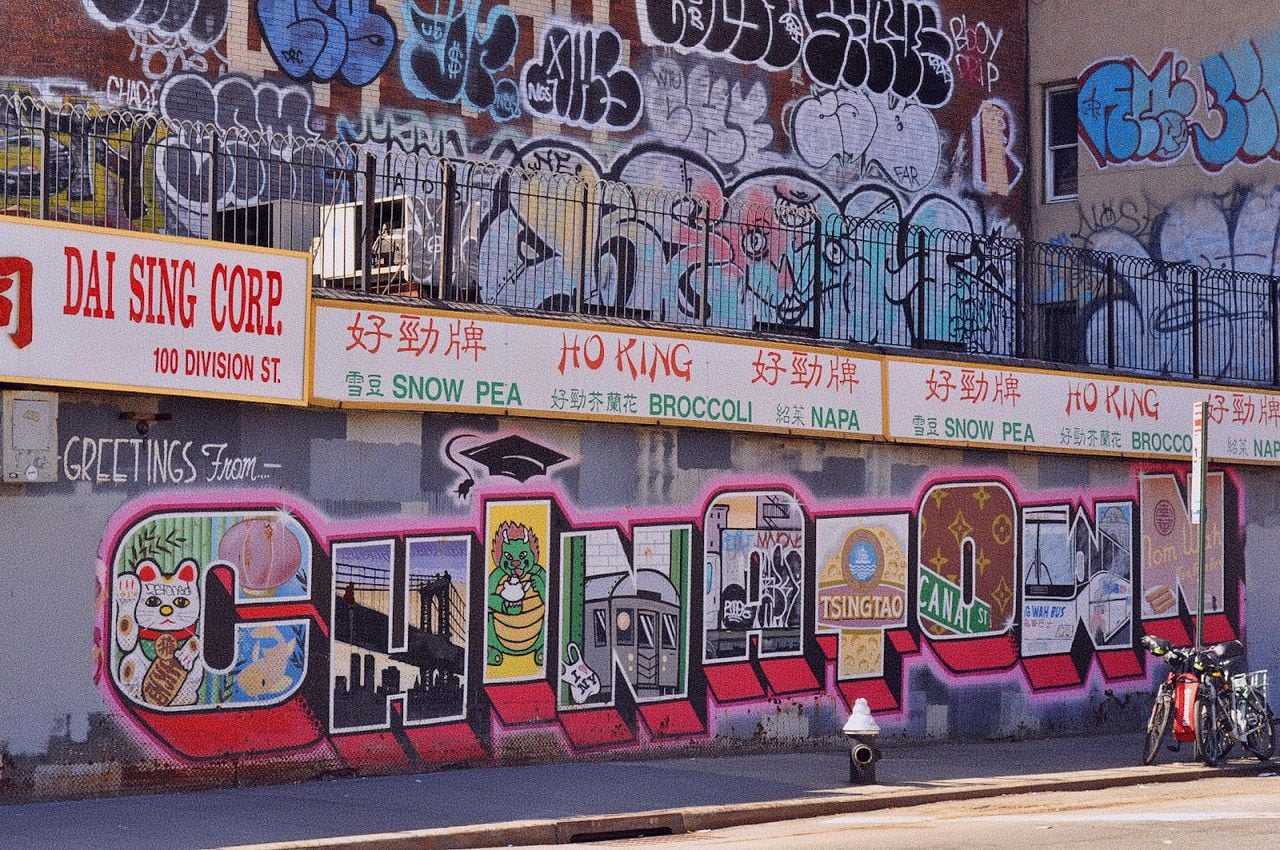
In the early days of graffiti, artists focused on basic lettering styles, using markers and spray paint to create their tags. These tags were often bold and simple, serving as a way for artists to establish their presence in a specific area. As more artists began to experiment with different lettering styles, graffiti started to become more artistic and expressive.
By the 1980s, graffiti had transitioned into a form of street art, with artists like Keith Haring and Jean-Michel Basquiat gaining recognition for their work. These artists brought a new level of creativity and expression to graffiti, using vibrant colors and intricate designs to convey their messages. This period saw the rise of wildstyle graffiti, characterized by complex lettering styles that were often difficult to read but visually stunning.
In the 1990s and early 2000s, graffiti became more influenced by other art forms, such as pop culture and graphic design. Artists started incorporating cartoon characters, logos, and other recognizable imagery into their work, creating a fusion of graffiti and commercial art. This period also saw the emergence of stencil graffiti, where artists would create stencils of their designs and quickly spray paint them onto walls.
Today, graffiti styles continue to evolve and adapt to the changing times. Artists are incorporating new techniques and materials, such as digital projections and augmented reality, into their work. Graffiti has also found a new platform on social media, allowing artists to reach a wider audience and gain recognition for their art.
Overall, the evolution of graffiti styles reflects the ever-changing nature of art and the boundless creativity of artists. Graffiti has come a long way from its humble beginnings, and it continues to push boundaries and challenge traditional notions of art.
Street Art vs. Graffiti

Street art and graffiti are two forms of artistic expression that are often confused with one another. While they may share some similarities, they are distinct in their intentions and execution.
Street Art
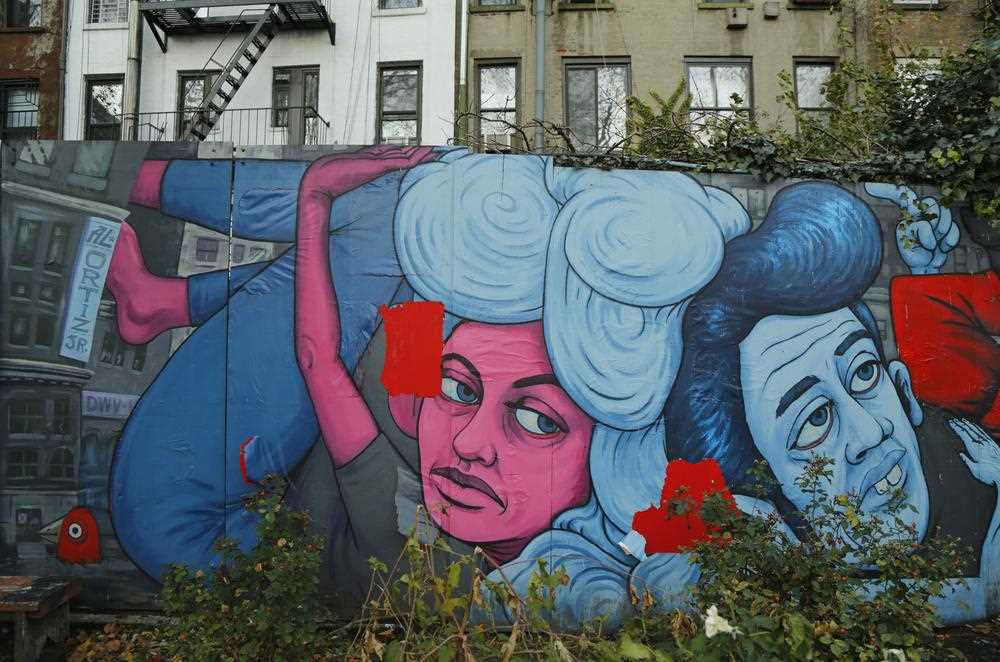
Street art is a form of art that is typically created in public spaces, such as walls, buildings, or sidewalks. It encompasses a broad range of artistic styles and techniques, including murals, stencil art, and installations. Street artists often use their work to convey a message or provoke thought, addressing social and political issues or celebrating local culture.
Street art is typically meant to be visually appealing and aesthetically pleasing. It is often created with the permission or collaboration of property owners, making it a legal form of artistic expression. Street artists may also seek opportunities to exhibit their work in galleries or other curated spaces.
Graffiti
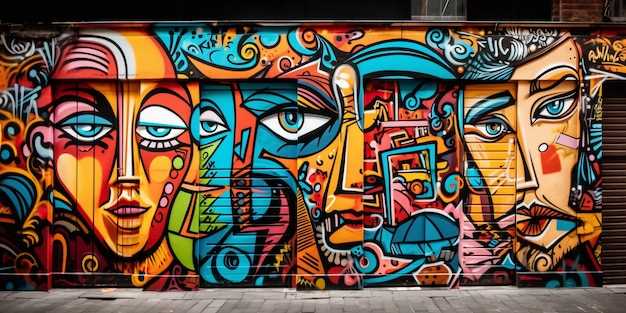
Graffiti, on the other hand, is often associated with illicit and unauthorized markings on public property. It is typically characterized by stylized letters, tags, or symbols created using spray paint or markers. Graffiti artists often work under the cover of darkness, seeking to leave their mark in public spaces without being caught or identified.
Unlike street art, graffiti is often motivated by individual ego or recognition rather than social or political messages. It can be seen as a form of rebellion or an act of vandalism, depending on one’s perspective. Graffiti is often illegal and can result in fines or other consequences for those caught in the act.
Conclusion
While both street art and graffiti involve creating art in public spaces, their intentions and reception are often different. Street art is typically embraced as a valuable form of expression and can contribute to the cultural fabric of a community. Graffiti, on the other hand, is often viewed more negatively and can be seen as destructive or unwanted. Despite their differences, both street art and graffiti offer unique ways for artists to engage with the public and make their mark on the urban landscape.
Controversies and Legalities
Graffiti has long been a topic of controversy and legal debate. While it is widely appreciated as an art form by many, it is also often considered vandalism and illegal activity. This divide has led to heated discussions and debates about the place of graffiti in society.
Defining Art or Vandalism
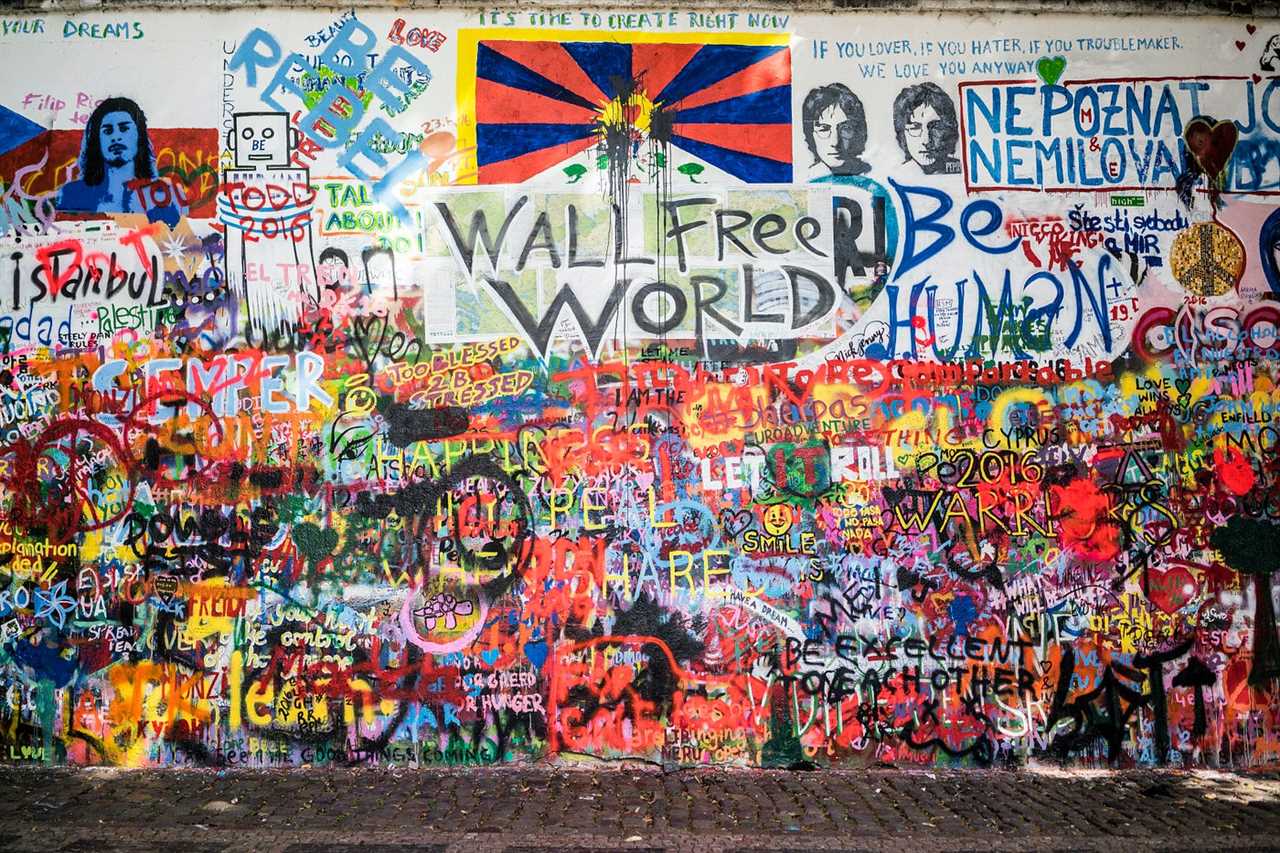
One of the main controversies surrounding graffiti is the question of whether it should be considered art or vandalism. Graffiti artists argue that their work is a form of self-expression and should be recognized as art. They believe that it adds color and character to urban environments and can convey powerful messages. On the other hand, opponents argue that graffiti defaces public and private property, causing damage and decreasing property values.
The Legal Perspective
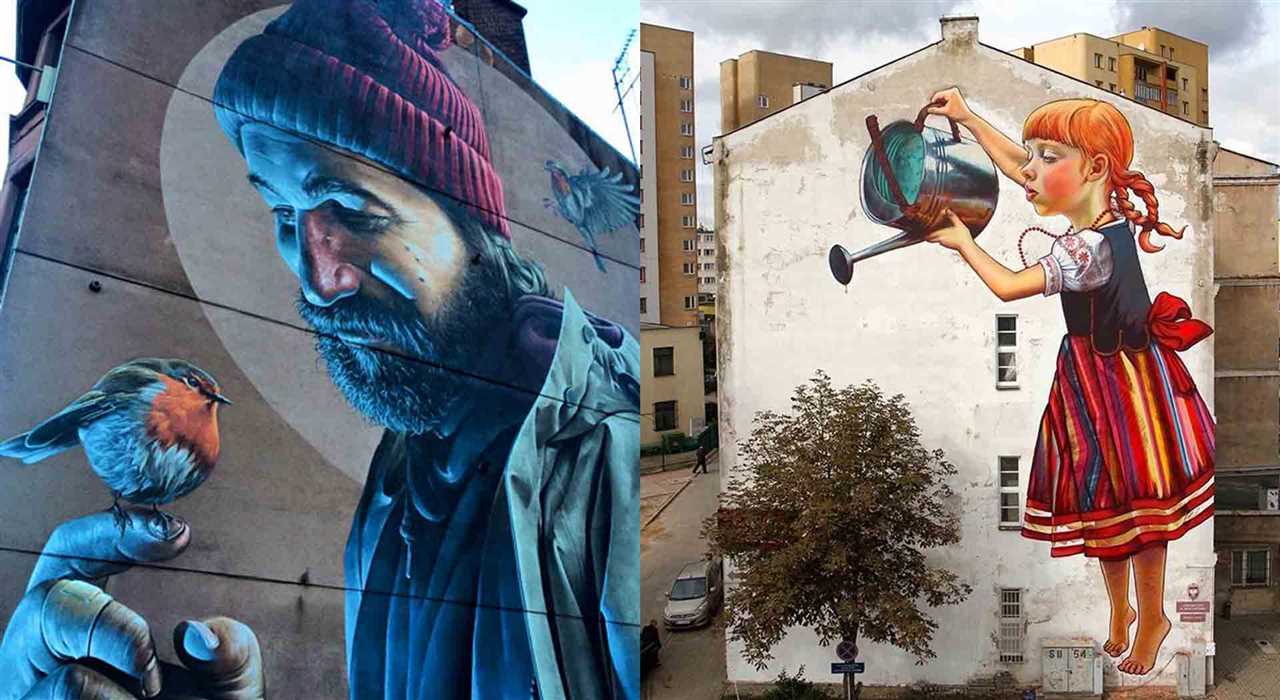
The legality of graffiti varies from place to place. In some cities, such as New York and Berlin, graffiti is embraced and even celebrated as part of the urban landscape. In others, it is strictly illegal, with heavy fines and penalties for those caught vandalizing property.
Many municipalities have implemented graffiti removal programs and strict anti-graffiti laws to combat illegal tagging. However, some argue that these measures are stifling creativity and targeting artists who are responsible for creating vibrant street art.
There are also cases where graffiti artists have received recognition and praise for their work. Some artists, such as Banksy, have become internationally renowned and sought after, with their artwork selling for millions at auctions. This raises the question of whether graffiti can transcend its controversial nature and be embraced as legitimate art.
- Controversies surrounding graffiti include debates about whether it should be considered art or vandalism.
- The legality of graffiti varies from place to place, with some cities embracing it and others strictly cracking down on illegal tagging.
- Graffiti removal programs and anti-graffiti laws have been implemented in many municipalities, but some argue that these measures stifle creativity.
- Some graffiti artists have achieved recognition and success, with their artwork becoming highly valued in the art world.
Overall, the controversies and legalities surrounding graffiti continue to spark debates about the role of street art in society and the challenges of balancing artistic expression with property rights and public order.
Influence on Popular Culture
Graffiti has had a significant impact on popular culture, shaping and influencing various aspects of society. Here are some ways in which graffiti has made its mark:
Inspiration for Fashion and Design

Graffiti art has served as inspiration for fashion designers and graphic artists. Its vibrant colors, unique typography, and edgy style have found their way into clothing lines, accessories, and even home decor. Many streetwear brands have incorporated graffiti elements into their designs, helping to popularize this urban art form.
Expression of Counterculture and Rebellion
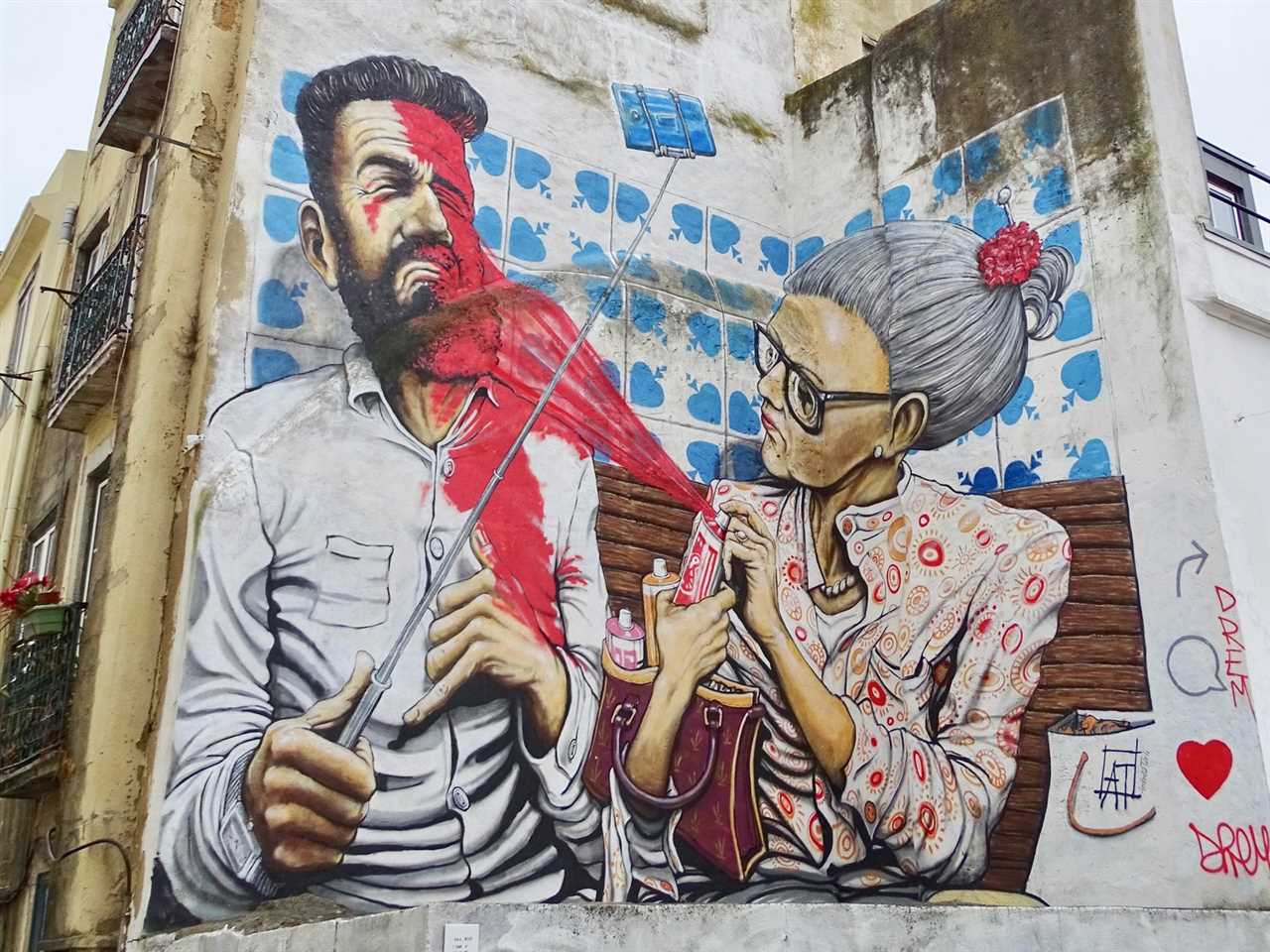
Graffiti has long been associated with counterculture and rebellion. It has provided a means of expression for marginalized communities, allowing them to voice their opinions and frustrations in a public space. Graffiti serves as a visual representation of dissent and challenges the established norms, often addressing social and political issues.
Moreover, graffiti has become a symbol of underground movements and subcultures, such as hip-hop and punk. Its rebellious nature and anti-establishment sentiments have been embraced and celebrated by those who identify with these subcultures.
Through its rebellious spirit, graffiti has influenced various forms of art and entertainment, including music, literature, and film. Artists and creators have drawn inspiration from the raw energy and messages conveyed through graffiti, infusing their own work with its essence.
Graffiti has shaped the way we perceive and consume art, challenging traditional notions of what art should be. The accessibility and visibility of graffiti in public spaces have democratized art, making it available to a wider audience.
While graffiti has faced criticism and legal challenges, its impact on popular culture cannot be denied. It continues to inspire and provoke thought, leaving an indelible mark on our society.
Graffiti as Social Commentary

Graffiti has long been used as a form of social commentary, allowing artists to express their views and opinions on a range of important issues. From political statements to social criticism, graffiti plays a vital role in sparking discussions and raising awareness.
One of the main reasons why graffiti is such a powerful medium for social commentary is its accessibility. Unlike traditional forms of art that are often confined to galleries and museums, graffiti is accessible to anyone who encounters it on the streets. This allows artists to reach a wide audience and engage with people who may not typically seek out art.
Many graffiti artists use their work to address political issues and challenge the status quo. Their pieces often contain powerful imagery and thought-provoking messages that aim to incite change or raise awareness about social injustice. By taking their art to the streets, these artists are able to bypass traditional channels of communication and directly engage with the public.
In addition to political commentary, graffiti also serves as a platform for social criticism. Artists use their work to highlight issues such as inequality, discrimination, and environmental degradation. Through their art, they seek to provoke conversation and encourage people to examine the world around them.
Furthermore, graffiti allows for the expression of ideas and perspectives that may be marginalized or silenced in mainstream society. It provides a platform for those who feel unheard to make their voices heard and challenge dominant narratives. In this way, graffiti serves as a form of protest and resistance against oppressive systems.
Overall, graffiti as social commentary is a powerful tool for artistic expression and activism. It allows artists to use their skills to address important issues and spark conversations in a public space. By challenging societal norms and providing an alternative perspective, graffiti plays an important role in shaping public discourse and promoting social change.
Impact on Urban Environments
Graffiti has a significant impact on urban environments. It is a form of art and expression that can transform dull and mundane cityscapes into vibrant and engaging spaces. In many cases, graffiti serves as an outlet for social and political messages, providing a voice to those who may not have another platform to express themselves.
One of the most noticeable impacts of graffiti is its ability to beautify urban spaces. By adding colorful and visually appealing artwork to blank walls and buildings, graffiti artists can transform the appearance of a neighborhood or city block. This can make the environment more inviting and aesthetically pleasing for residents and visitors alike.
Graffiti also has the power to challenge societal norms and provoke thought. Many graffiti pieces convey powerful messages about social justice, inequality, and other important issues. By displaying these messages in public spaces, graffiti artists can spark conversations and bring attention to topics that are often overlooked. This can lead to a greater awareness and understanding of these issues within the community.
However, it is important to note that graffiti is not always appreciated or welcomed by everyone. Some people view it as vandalism and a form of property damage. This can lead to conflicts between graffiti artists and city officials, who may seek to remove or cover up the artwork. These tensions highlight the ongoing debate about the boundaries between art and vandalism.
Despite these controversies, graffiti continues to have a significant impact on urban environments. It adds color, life, and a sense of identity to cities around the world. Whether it is viewed as artwork or vandalism, graffiti remains an important part of the urban landscape that cannot be ignored.
Embracing the Street Art Movement

Street art has transcended its origins as an illicit form of expression and has now become a legitimate art movement, embraced by communities all over the world. What was once seen as vandalism is now recognized as a vibrant and powerful means of self-expression, social commentary, and cultural exchange.
One of the reasons for this shift in perception is the sheer talent and creativity displayed by street artists. These artists are able to use mundane and neglected city spaces as their canvas, transforming them into works of art that captivate and inspire. From colorful murals to intricate stencil work, street art has the power to transform a dull and lifeless street into a visually stunning and engaging space.
Another reason for the embrace of street art is its ability to give voice to marginalized communities and address social issues. Many street artists use their art as a way to bring attention to topics such as inequality, injustice, and political corruption. By creating thought-provoking and visually striking works in public spaces, street artists can reach a wide audience and spark important conversations.
Furthermore, street art has the unique ability to bring people together and create a sense of community. Street art festivals and events have sprung up in cities around the world, where artists come together to showcase their work and share their stories. These events not only celebrate the artistic talent within a community but also serve as a platform for individuals to connect and engage with one another.
Overall, the street art movement offers a new and exciting way to experience and appreciate art. By embracing street art, communities can revitalize their neighborhoods, give voice to marginalized groups, and foster a sense of unity and connection among its residents. It’s time to embrace this vibrant and dynamic art form and recognize the value it brings to our cities and communities.

I am a mural enthusiast and a fervent admirer of street art. Rather than creating murals myself, I am passionate about collecting them. My love for street art knows no bounds. I am dedicated to curating and cherishing these artworks that grace the streets. My collection stands as a testament to my profound appreciation for this form of artistic expression.
read about me

